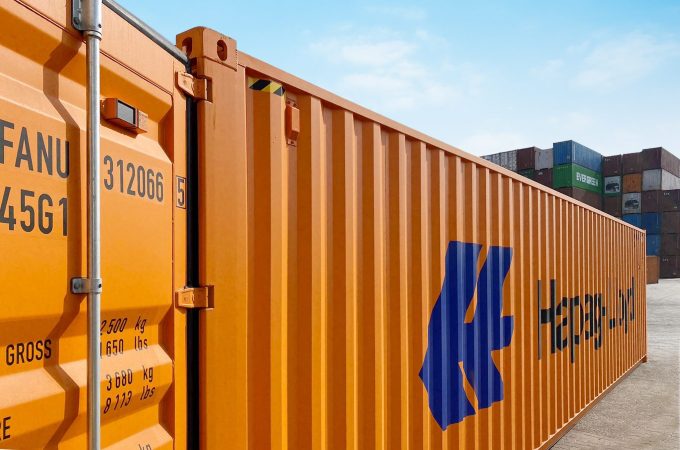Transpacific set to see record level of ship capacity in July as rates crash
The transpacific trade continues to descend into something akin to chaos – with major deepsea ...

An investment of around $250m in tracking technology for its dry container fleet of 1.6 million boxes sees Hapag-Lloyd make a pitch to offer premium services and steal a march on competitors.
Yesterday the Germany-based carrier said it planned to install Nexxiot and Orbcomm trackers on ...

Comment on this article